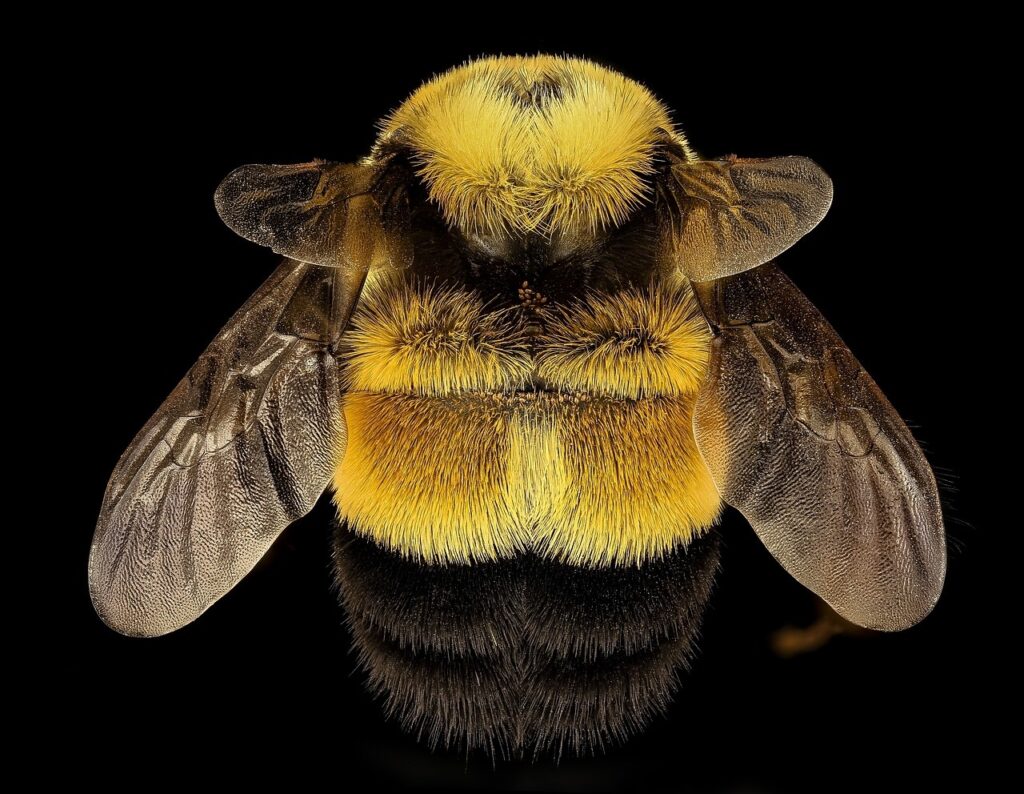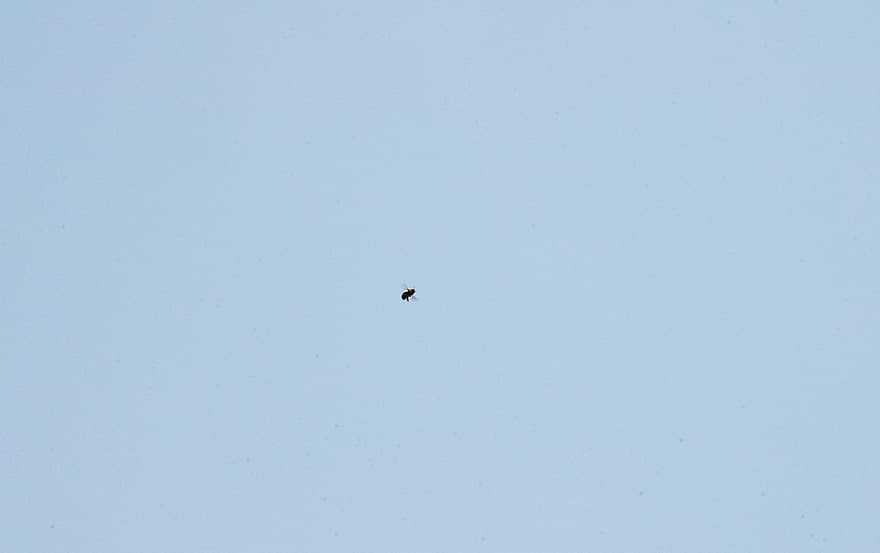This is the conclusion of pollination researcher Thijs Fijen (Plant Ecology and Nature Management) in a publication in the Journal of Applied Ecology. It is generally assumed that bumblebees stick to their local habitat. Still, ornithologists regularly spot bumblebees passing bird counting stations along the coast in large numbers.
Serious
Fijen, an avid ornithologist himself, learned about the passing bumblebees during a migration count. ‘” This is weird”, I thought.’ But his interest was piqued when he heard about the events of 9 April 2016. At counting station Noordkaap (Groningen) ornithologists counted no fewer than 3387 bumblebees over a ten-hour period. ‘That was when I realised: this calls for action. We know nothing about bumblebee migration.’

Fijen delved into the archives of the trektellen.org (migration records) database and ordered all the counting data. On peak days such as the one in April 2016, over a thousand bumblebee queens pass through. He also gathered the few records that were available from censuses in Sweden, Finland, England and France in the last century. This overview provided the proof: bumblebees migrate.
And likely over great distances. On a single day in April 2009, large numbers of bumblebees were sighted in both Breskens, and in Kampershoek, some 200 kilometres away. Fijen concludes that migration over large distances is likely. ‘Although I doubt they cover this distance in a day.’ In fact, it is not even certain the sightings occurred along the same migration route.
It would be better to protect many more areas than we do
Thijs Fijen, researcher Plant Ecology and Nature Management
Data is scarce. It is impossible to track individual bumblebees using tracking devices. Much is, therefore, still uncertain. For example: why do bumblebees migrate? Fijen suspects they do so in search of a better habitat. But there is no certainty. What species migrate, and is it an annual occurrence? Most censuses were done in the spring. Is there also a fall migration?
Isotopes
Research with stable isotopes would be an option, Fijen says. ‘Based on the composition of stable isotopes in a bumblebee, you could discern where it grew up. However, this method has a resolution of several hundred kilometres, which is very inaccurate.’ Nonetheless, Fijen would like to conduct this study because the fact that bumblebees migrate is very significant.
Bumblebees are not doing well in Europe as a result of changed land use and intensive agriculture. However, if there is suitable habitat, they can reach it, even over a considerable distance. ‘It would be better to protect many more areas than we do’, Fijen states. ‘Pollination strategies are effective, but without conservation measures, we are rowing against the stream.’

 A bumblebee in flight. Photo: Pikist
A bumblebee in flight. Photo: Pikist